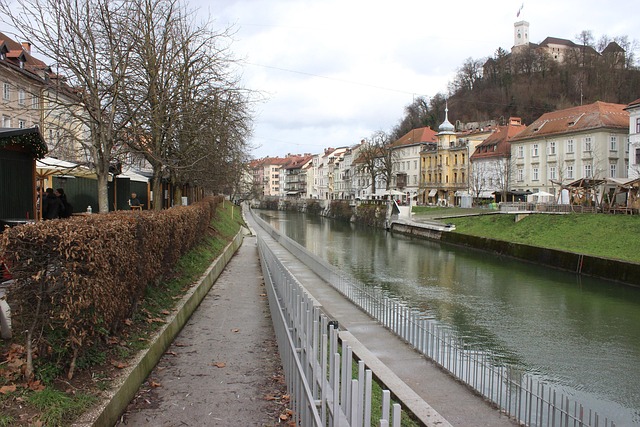Rashid Minhas Road in Karachi is a bustling hub experiencing intense traffic congestion due to the city's rapid growth. With diverse vehicle types and suburban connections, it demands innovative solutions like intelligent transportation systems (ITS), dedicated public transport lanes, improved infrastructure, alternative route guidance, carpooling incentives, and electric vehicle adoption to ease navigation and enhance urban mobility in Karachi.
In the heart of Karachi, Rashid Minhas Road stands as a vital artery connecting diverse neighborhoods. However, its significance is accompanied by significant traffic congestion, impacting daily commutes and economic productivity. This article delves into the intricate traffic patterns on this key route, offering insights into the root causes behind the delays. We then explore strategic solutions to navigate and mitigate congestion, aiming to revolutionize travel experiences for Karachi’s folks. By understanding the dynamics of Rashid Minhas Road, we can foster a more fluid urban landscape.
- Understanding Traffic Patterns on Rashid Minhas Road, Karachi
- Strategies for Navigating and Mitigating Congestion Along This Key Route
Understanding Traffic Patterns on Rashid Minhas Road, Karachi

Rashid Minhas Road, a bustling thoroughfare in the heart of Karachi, is known for its vibrant and often chaotic traffic patterns. Understanding these dynamics is crucial for anyone navigating this busy urban corridor. The road’s traffic is characterized by a dense web of vehicle flows—from private cars to public transport, motorcycles, and commercial vehicles—all competing for space. Peak hours see an influx of commuters, leading to significant congestion, especially at intersections and bridge areas.
Karachi’s unique demographic and economic landscape contributes to the complex traffic situation. The city’s rapid growth and sprawling suburban areas put immense pressure on its road infrastructure. As a result, Rashid Minhas Road often becomes a vital artery connecting various parts of the metropolis, with vehicles from different directions merging, creating a labyrinthine commute for drivers and commuters alike.
Strategies for Navigating and Mitigating Congestion Along This Key Route

Navigating Rashid Minhas Road in Karachi often presents a challenge due to its significance as a major traffic artery. To mitigate congestion, several strategies can be employed. First, implementing intelligent transportation systems (ITS) such as traffic signals with real-time data and adaptive control algorithms can help optimize flow. These systems can dynamically adjust signal timings based on current traffic conditions, reducing delays. Additionally, setting up dedicated lanes for public transport, like buses or rapid transit systems, can encourage more people to use public modes of transportation, thereby decreasing private vehicle numbers on the road.
Another effective approach is improving road infrastructure by adding lanes, expanding roads, or introducing roundabouts and flyovers at congested intersections. These physical enhancements can alleviate bottlenecks. Moreover, promoting alternative routes through well-designed signage and navigation apps can disperse traffic, easing congestion on Rashid Minhas Road. Encouraging carpooling and using electric vehicles (EVs) through incentives and charging station networks can further reduce the number of vehicles on the road, making commuting more efficient for all.
In conclusion, addressing traffic congestion on Rashid Minhas Road in Karachi requires a multifaceted approach. By understanding the unique patterns that influence this key route and implementing effective strategies, such as optimized signaling and public transport enhancements, residents and commuters can look forward to smoother journeys. Collaborative efforts between urban planners, transportation authorities, and the community are vital to ensure continuous improvements and create a more efficient, congest-free Karachi.





Leave a Reply